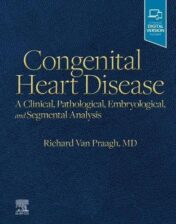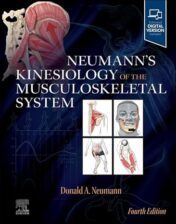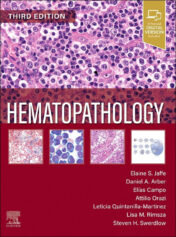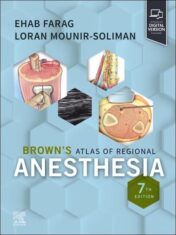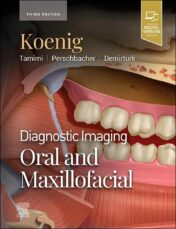Congenital Heart Disease: A Clinical, Pathological, Embryological, and Segmental Analysis discusses the history, anatomic features, and physiologic consequences of CHD―in one authoritative resource. The Van Praagh approach to the segmental classification of CHD, developed and implemented by Dr. Richard Van Praagh in the 1960s at Boston Children’s Hospital, remains widely used today, facilitating communication among radiologists, cardiologists, surgeons, and pediatricians who are involved in the diagnosis, characterization, and management of this disease. This unique atlas offers complete coverage of the ubiquitous Van Praagh “language of CHD, including the signs, symptoms, and clinical manifestations of malpositioned, malformed, or absent cardiovascular chambers, vessels, and valves using traditional as well as state-of-the-art technology.
- Based upon the systematic, widely accepted Van Praagh system of three-part notation used to succinctly describe the visceroatrial situs, the orientation of the ventricular loop, and the position and relation of the great vessels.
- Demonstrates how the Van Praagh approach facilitates interpreting and reporting findings through cardiac imaging with CT, MR, and ultrasonography, including fetal cardiac imaging.
- Presents the pathologic anatomy that pediatric and adult cardiologists, radiologists, and echocardiographers need to understand in order to make accurate diagnoses in complex congenital heart disease; as well as the pathologic anatomy that interventionists, pediatric cardiac surgeons, and adult congenital heart surgeons need to know in order to manage their patients successfully.
- Features more than 550 high-quality images to help you visualize and recognize malformations.
- Shares the knowledge and expertise of a world-renowned authority on congenital heart disease―a master teacher and the originator of the Van Praagh segmental classification system.
- Explores the synergy between the various disciplines who manage patient care, including surgeons, radiologists, cardiologists, pathologists, and pediatricians.

